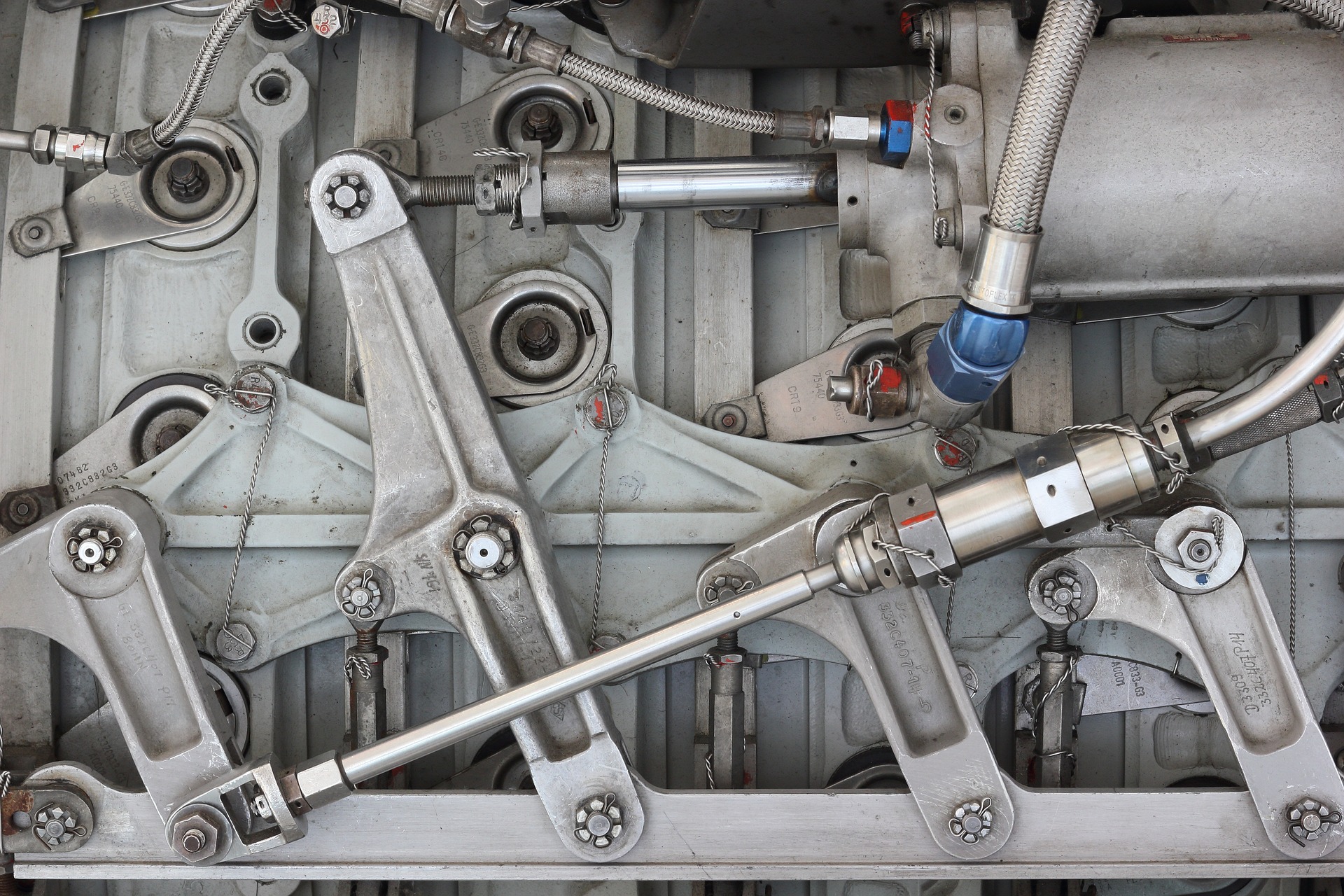Hydraulic cylinders are an important part of many machines and vehicles. When they break, it can be difficult to know how to fix them. This article will provide a comprehensive guide to hydraulic cylinder repair. We will cover the basics of what a hydraulic cylinder is, how it works, and common problems that can occur. We will also discuss the steps necessary for repairing a hydraulic cylinder. If you are experiencing problems with your hydraulic cylinders, this guide is for you!
What Is a Hydraulic Cylinder?
A hydraulic cylinder is a metal tube with two or more ports. Inside the cylinder, there is a piston and rod which are operated by pressurized fluid from the pump. The pressure from the fluid causes the piston to move back and forth in the cylinder, which then creates movement for whatever it is attached to. Hydraulic cylinders are used in a variety of applications, including the construction and operation of machinery in factories, lifts, and other industrial equipment.
How Does a Hydraulic Cylinder Work?
When pressurized fluid enters the cylinder, it pushes on the piston inside the tube. This causes the piston to move, which in turn moves the attached rod. The pressurized fluid entering the cylinder is regulated by a system of valves, and can be used to create either an extension or retraction motion. Depending on the design of the cylinder, this motion can be linear (in a straight line) or rotary (like a wheel).
In some cases, hydraulic cylinders are used to create a strong force or torque, such as those required for lifting heavy loads. In these applications, the pressure of the fluid is increased in order to generate more power and output.
The main components of a hydraulic cylinder include a cylinder barrel, piston rod, piston head or cup, seals, end caps and valves. The cylinder barrel is the outer casing of the cylinder that contains the pressurized fluid. Inside the cylinder, a piston rod and head move within the bore and act as a plunger to displace the fluid. Seals are used at both ends of the cylinder to prevent leakage. The endcaps are used to secure and protect all cylinder components, while the valves regulate the fluid flow.
Hydraulic cylinders can be found in a wide range of applications, including construction equipment, automotive systems, manufacturing machinery and material handling equipment. They are also used to power hydraulic lifts and jacks, as well as medical equipment such as hospital beds.
For more information on Hydraulic Cylinder Repair, check online.






